NB: ** denotes a direct relative of mine in this text.
Who was **Johann Michael Clur, who where his parents and where did he come from? He was my great-great-grandfather and these were questions that have kept me busy, wondering and dreaming for years.
Many have thought, and I included, that his mother may have been Susanna Messerschmid (1780-?), his father Johann Michael Clür (1780-1825) and his sister Susanna Dorothea Clür (1808-1874). However, his mother’s name was **Catharina Clour (1806-1848), sister of Johann Michael Clür (1780-1825). He was born at exactly 4 in the morning on the 18th July 1830 and baptized on the 22nd of July in Welschneureut near Karlsruhe, Baden, Germany (on the Rhine). In his baptism record there is no mention of a father, so presumably he was illegitimate as he was given his mother’s name, yet there is no mention of this in his baptism record . When he was 7 years old his mother married Johann Peter Grether (Greder/Greter/Groeter). see The Clurs (Clours) of Welschneureut (1699-1860). He died on the 31st October 1902 at his residence, Wiesbaden farm, Frankfort in South Africa. He left both movable and immovable property and a will.
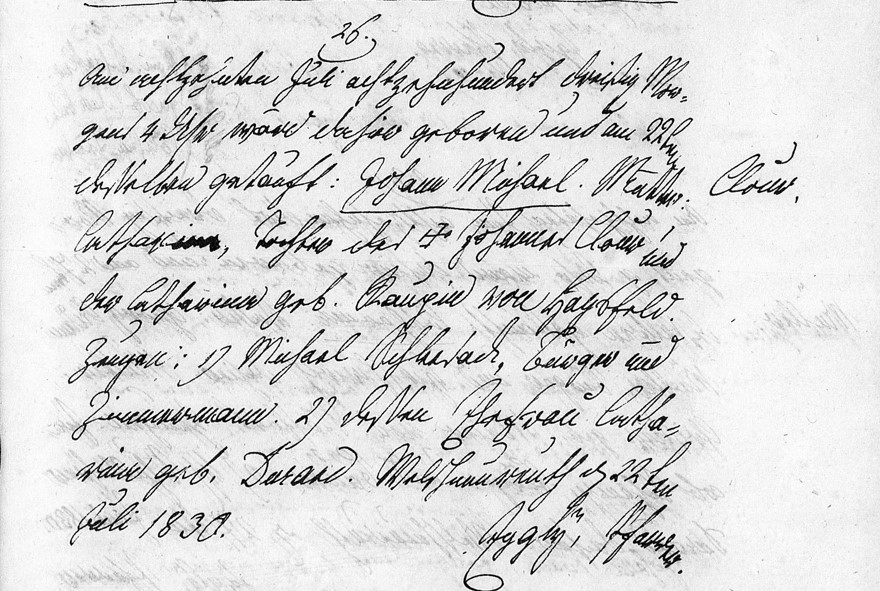
Deutschland, ausgewählte evangelische Kirchenbücher 1500-1971, FamilySearch (https://www.familysearch.org/ark:/61903/1:1:QPDH-H29B)
NB as of September 2023: This page was constructed a few years ago and since then I have been able to trace Johann Michael Clür and the Clur family back 10 generations. This is thanks to the church records of Welschneureut and Friedrichstal. This information can be found on Page The Clurs (Clours) of Welschneureut (1699-1860).
German and French origins
It appears that Johann Michael Clur’s family were originally Protestant refugees, either French Huguenots (members of the Protestant Reformed Church of France) or Waldesians (also known as Waldenses, Valenses, Valdesi or Vaudois), another persecuted pre-protestant minority that later joined the Protestant Reformation in the 16th century. The family fled to Germany at the end of the 17th century to escape the persecution following Louis XIV’s Edict of Fontainebleau (22nd October 1685) when French troops were sent into the French Waldensian areas of the Chisone and Susa Valleys in the Dauphine to force conversion to Catholicism or exile. https://en.wikipedia.org/wiki/Edict_of_Fontainebleau; https://en.wikipedia.org/wiki/Waldensians


“Welsch” referred to people of French origin, while “Teutschneureuter” was the name given to the German inhabitants of Neureut. The two communities tried to maintain their individual identities and their interactions were tense for many years. It was only with the quasi-forced merger into one area “Neureut (Baden)” in 1935 that the friction abated. https://ka.stadtwiki.net/Welschneureut
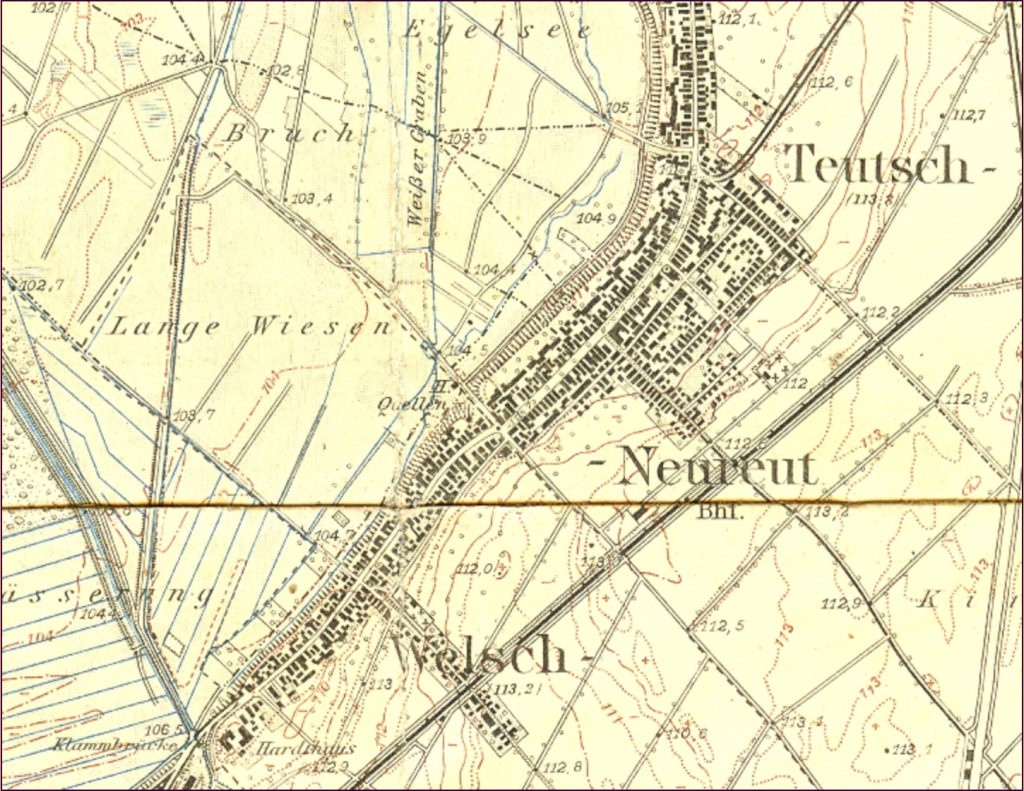
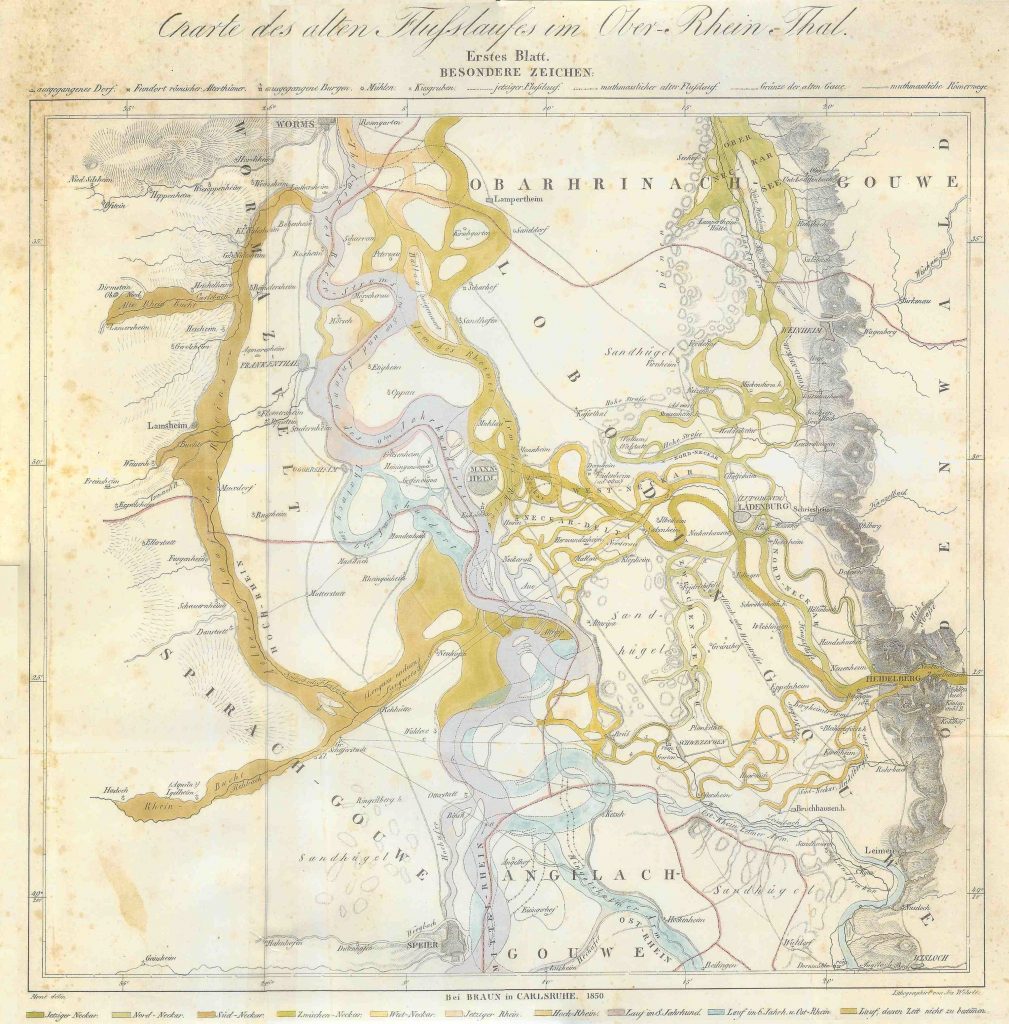
At the South Cemetery in Welschneureut some French (Waldensian) surnames can still be seen including “Clour”. http://www.peter-hartleb.de/Exkursionen/Karlsruhe/Neureut/Neureut.html
In Welshneureut, an independant municipality founded in 1699 by Friedrich Magnus of Baden-Durlach on the former Neureuter Gemarkungsfläche, southwest of the village Neureut, some of the French Protestant refugees were offered a home on the open land.
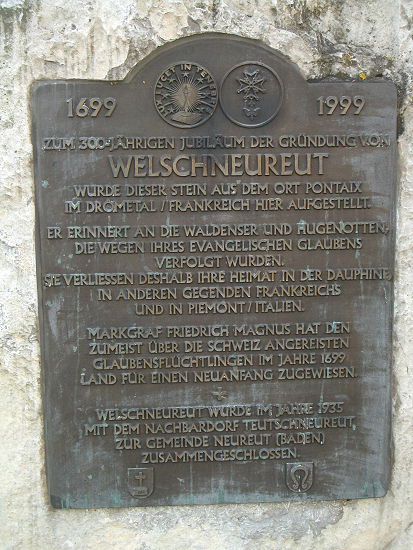
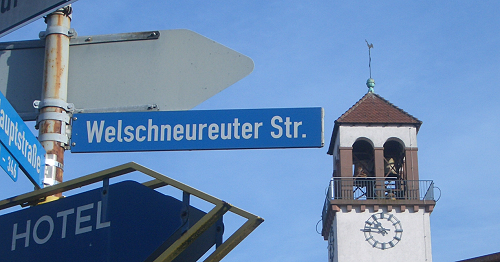
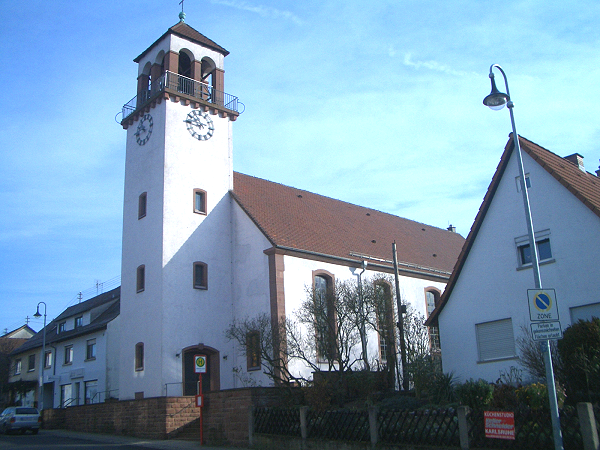
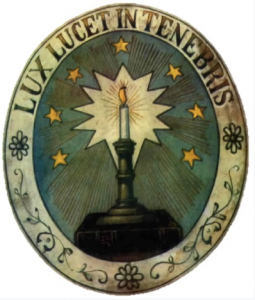
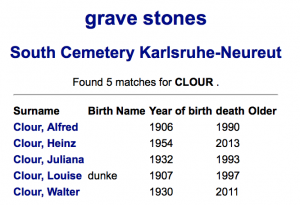

The British German Legion and emigration to South Africa
**Johann Michael Clur trained as a mason but when unemployed, became a soldier in the D legion of British German Legion. According to Johann Clur’s military record in Kew, he was a private in the 4th Light Infantry. He enlisted 14 Jan 1856 aged 25 and had brown hair and brown eyes. His height was recorded as 5 foot 3.5 inches and his occupation as mason/ bricklayer. He is recorded to have been born in the parish of Welschneureut, Baden. His nearest relative is listed as Philipp Kroeter of the same parish. I have not found a family member with this name yet, however I have found a Philipp Grether (Greder/Greter/Groether). Eva Elisabetha Clour (1812-?), the sister of Johann Michael’s mother **Catharina Clour, married a Philipp Grether (Johann Peter Grether’s brother), in 1841. Kroeter sounds like Grether and many people didn’t know how to spell their surnames at that time, accounting for all the variation found in the records. Possibly these two Philipps are the same person. When Johann Michael Clur enlisted his mother had already died (1806-1848). After her death his stepfather Johann Peter Grether married Susanna Gros. According to the GRETHER Web Site managed by Monique GRETHER, Johann Peter Groether died in Algeria on the 7th January 1856. Exactly a week later Johann Michael enlisted and chose to name his step-uncle Philipp Kroeter (Groether) as his closest next of kin, as both of his mother and step-father were already dead. See also The Clurs (Clours) of Welschneureut (1699-1860). Further support for my above hypothesis can be found in the Amathole Museum’s German database where it states that Johann Michael was a corporal in regiment 2, company 2, and that his nearest relative was Peter GRETER.
- FamilySearch (https://www.familysearch.org/ark:/61903/1:1:QPD4-YGFH : 16 March 2023), Johann Michael Clour in entry for Eva Elisabetha Clour, 10 Sep 1812; images digitized and records extracted by Ancestry; citing Baptism, Teutschneureut, Karlsruhe, Baden, Deutschland, , German Lutheran Collection, various parishes, Germany.
- FamilySearch (https://www.familysearch.org/ark:/61903/1:1:QPDH-4Y7B : 16 March 2023), Michael Johann Clour in entry for Philipp Grether, 1841; images digitized and records extracted by Ancestry; citing Marriage, Baden, Deutschland, German Lutheran Collection, various parishes, Germany.
After 1854 Queen Victoria’s Secretary for War, Lord Panmure, recruited mercenaries to fight for the British-French-Ottoman allegiance against Russia in the Crimean War (October 1853-February 1856). Johann was one of these mercenaries. Recruitment took place in Heligoland, a small archipelago in the North Sea that was a British territory from 1807 to 1890 when it became part of the German state Schleswig-Holstein. The recruits had to be younger than 25 years and taller than 5 foot 2 inches. Four of the nine infantry regiments embarked for the Crimea in late 1855, but had got no further than Scutari when the war ended. They did not reach the front or see combat.
At the end of the war, the soldiers were entitled to return to their country of origin at public expense. As Germany was neutral during this war, many of the German soldiers anticipated a hostile reception at home and the British were at a loss as what to do with them. The British were thus happy to comply when The South African High Commissioner requested military settlers for British Kaffraria to form a protective front between the already present colonists and the Xhosas. The legionaries were encouraged to volunteer, and in 1856 the majority did. The Governor of The Cape Colony Sir George Grey, accepted the idea as long as they were married and expected 8000 settlers. A remarkable number of marriages followed in England (at Colchester and Gosport where the troops were located), aboard ships at Portsmouth (including 67 in one day on the depot ship, Britannia), on the voyage to the Cape, and later in the settlements in Kaffraria. Some brides were German but most were English. According to E.L.G. Schnell “For Men Must Work” there were 59 officers, 42 gentlemen and cadets, 42 non-commissioned officers, 2661 men, 30 wives of officers, 331 wives of men in other ranks, and 155 children totalling 2918 that left England. Johann arrived in South Africa in 1857 and married **Louise Wilhelmine Flieth (1845-1928) in 1859 in South Africa .
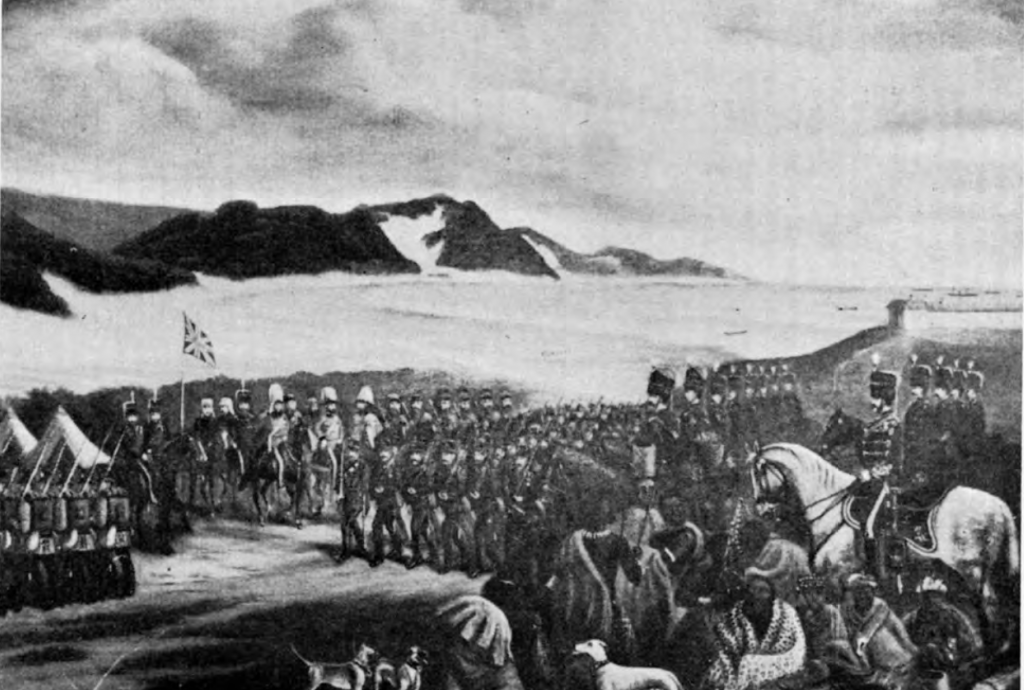
The mercenaries came to South Africa in the following 6 sailing vessels, which all left England in November 1856 and arrived at East London in January or February 1857:-
Sultana commanded by D. Taylor
Culloden commanded by D. McLachlan
Abyssinian commanded by J. H. Heaton
Covenanter commanded by J. McLarty
Stamboul commanded by J. Reid
Mersey commanded by J. Dodd. Unfortunately it is not known which ship Johann Michael sailed on as there are no surviving records of the sailing ships’ passenger lists. Major General Baron Richard von Stutterheim and Colonel J.W. Wooldrige, however are known to have traveled on HM steamer Vulcan.
The ships landed on the West Bank of East London and the troops were marched to Fort Murray, where they lived in tents initially. The conditions were poor and 33 died, many of dysentery.

The British German Legionaries were given grants of land situated along defensive lines. There were three regiments. The first, under Wooldrige, established its camps along the coast from Peddie. The second, under Lieutenant-Colonel Adolf von Hake, settled along the Buffalo river and its tributaries, from Potsdam in the south to Wiesbaden in the north. The headquarters were in Berlin. The third regiment, under Lieutenant-Colonel Edward Kent Murray, established settlements in and around the Amathole Mountains in the north, now Stutterheim.
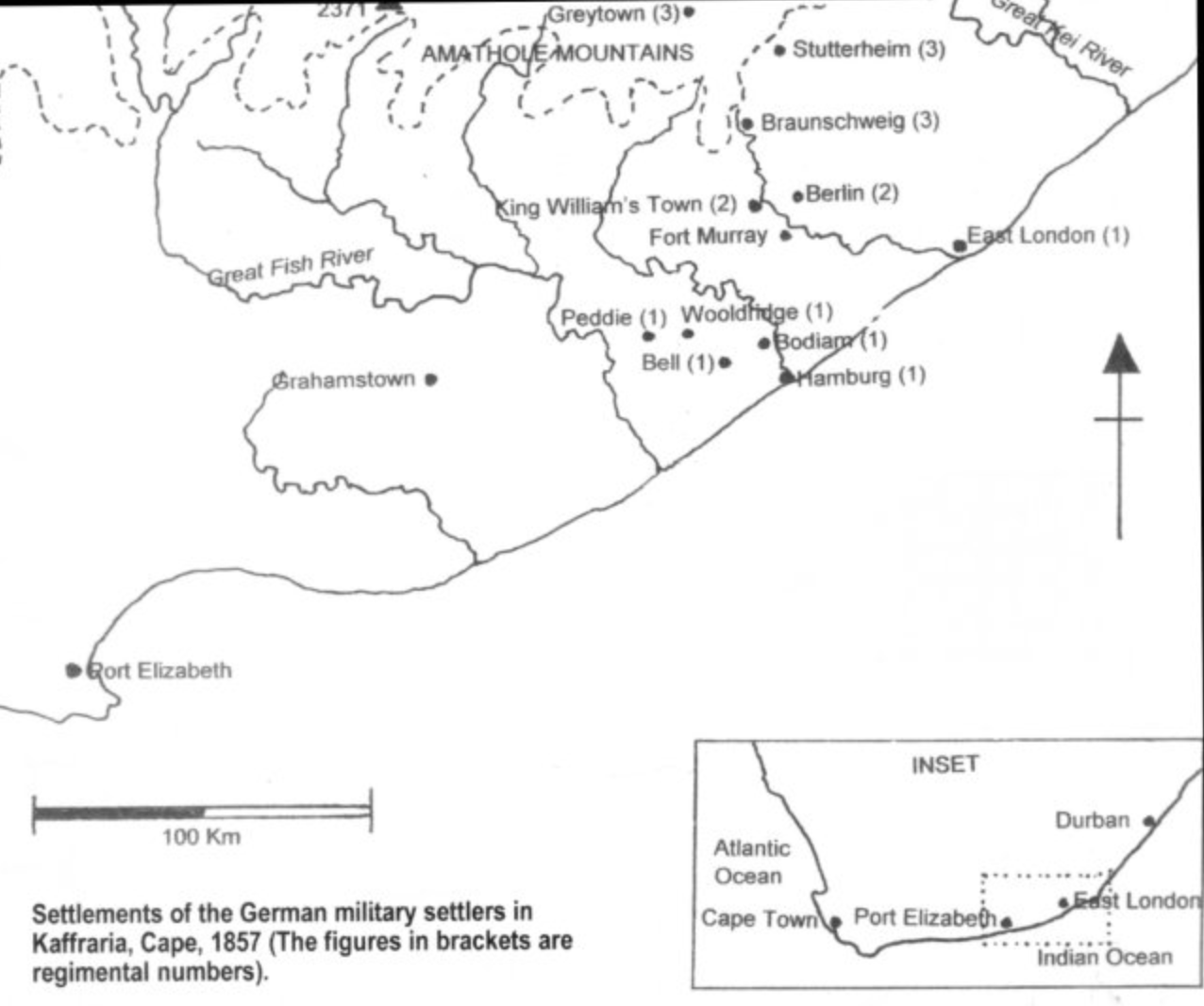
In May 1858 regiment 2 had 17 officers, 16 gentleman cadets, 68 commissioned officers, and 544 men. There were 75 woman and 41 children. Many of the villages were given names from home such as Berlin, Frankfurt, Breidbach and Hannover. Johann Clur was allocated to the farm Wiesbaden. Captain Baron Wilhlem von Linsingen was in charge of about 100 men in Wiesbaden. According to the Amathole Museum’s German database, Johann was a corporal in regiment 2, company2.
The scheme was not very successful however, as the settlers had a dual role of soldier and farmer and many were not good farmers, the soil was not fertile and the wilder elements were known to commit crimes, both large and small. Half of them subsequently volunteered for military service in the Indian Mutiny. Those that stayed behind were disbanded in 1861, instead of remaining in service for 7 years as had originally been planned. In the longer term they gave valuable service to South Africa.
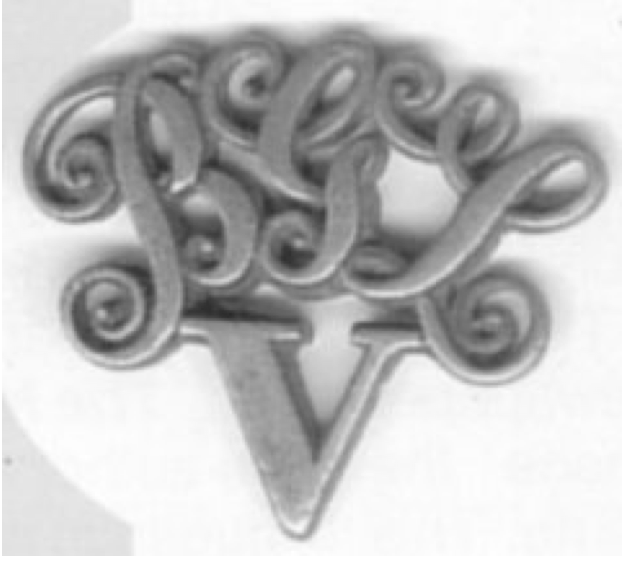
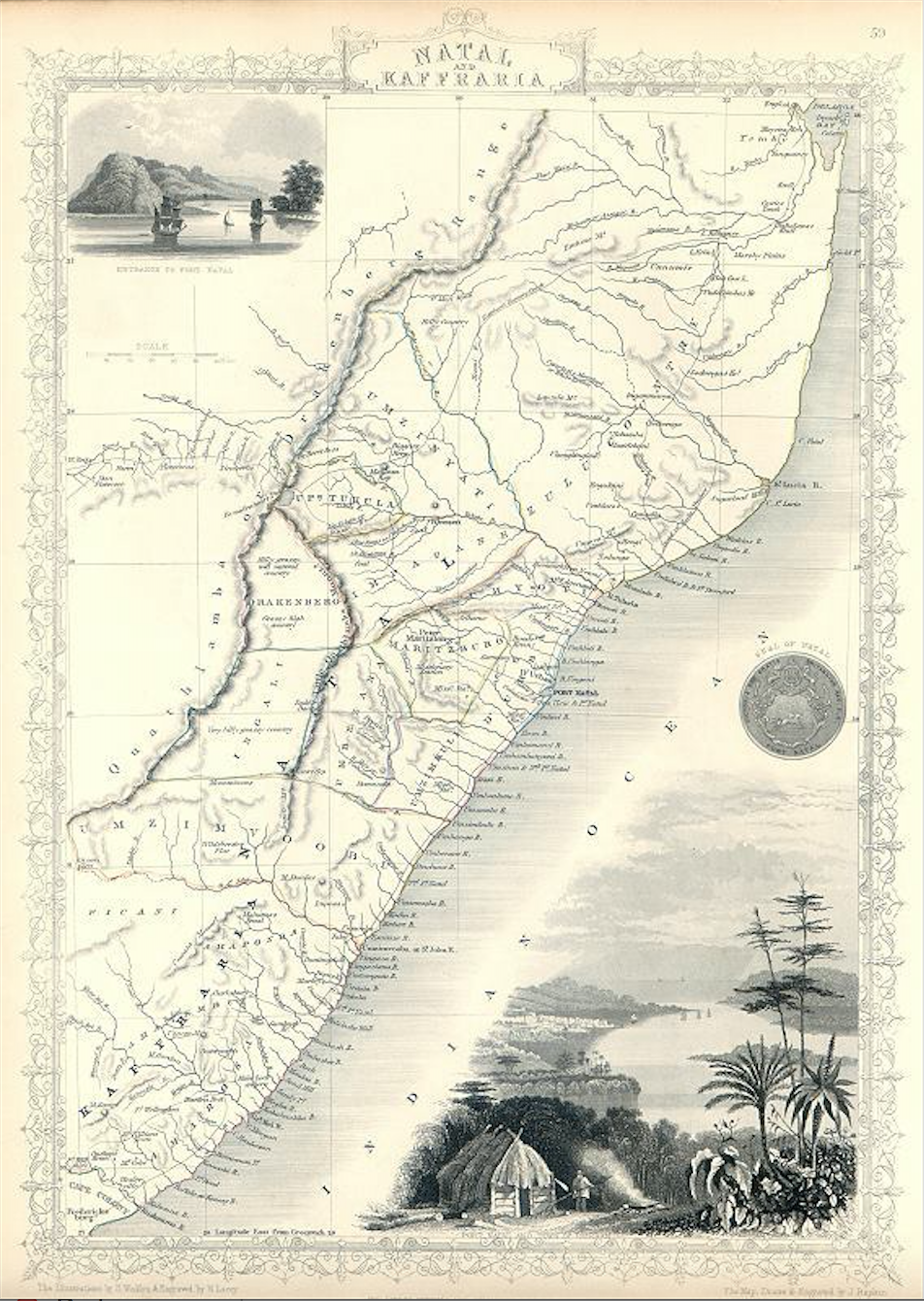
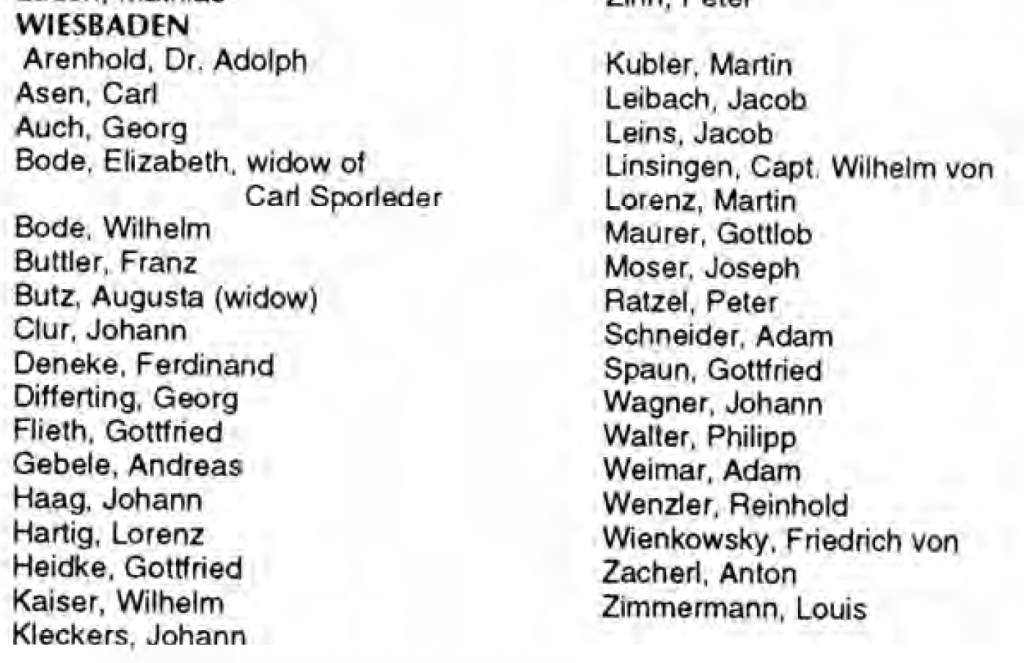
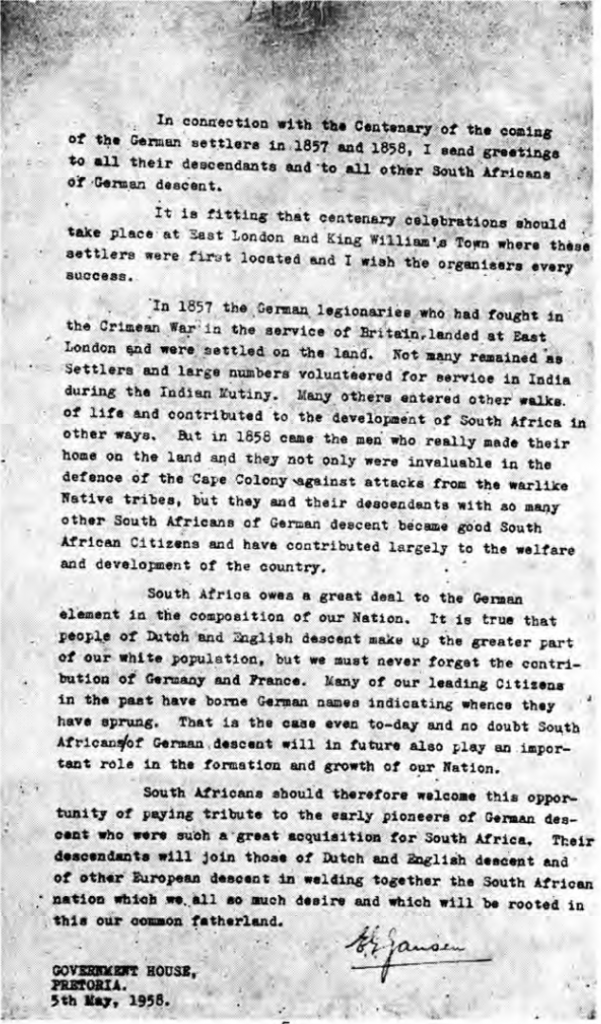
- A leaf on a turbulent river -Ensign Simner and the British German Legion, 1855-9. Military History Journal 2005:13;5. South African Military History Society / scribe@samilitaryhistory.org
- Part 2 of 3 ‘A New Life’ – Military Settlers in Kaffraria by Emrys Wynn Jones. Chapter 4. From Mercenaries to millitary settlers: The German legion, 1854-1861 in Soldiers and Settlers in Africa, 1850-1918 By: John Laband DOI:https://doi.org/10.1163/ej.9789004177512.i-342.21
- “Germans in Kaffraria 1858-1958” published by JF Schwar and BE Pape.
- http://www.theheritageportal.co.za/article/german-relics-eastern-cape
- page 166 and 1176 of the Family Register of the South African Nation, DR DF Du T Malherbe, published 1958
Family
**Johann and **Louise Wilhelmine Flieth (Flieht/ Fliedt), (1845-1928), had 13 children. See also Louise Wilhelmine Flieth – 1845-1928
- **Carl Friedrich Clur (1st August 1861 – 17th December 1913 ), married **Louise Caroline Puchert.
- Johann Michael Clur (7th November 1863 – 13th July 1941), married Auguste (13th November 1869 – 17th July 1940)
- August Carl Clur (6th June 1867 – 1943), married Louise Johanna Hermine Muller (16th March? 1872 – 17th February 1900), later Marie Augusta Pahl after Louise Johanna died, and then widow Staude (Nee Brinkmann).
- Louise Wilhelmine Clur (18th September 1869 – 1929), married Horman Arndt
- Wilhelm Gustav Clur (30th May 1872 – 10th November 1918)
- Daniel Clur (8th September 1874 – 1943), married Helen Emilge Bartel
- Joseph Carl Clur (22nd January 1877 – 1954), married “Frederieke”
- Maria Magdalena Clur (12th September 1879 – 22nd July 1961), married Friedrich Johann Hof(f)at on 23rd November 1899
- Matthaus L. Clur (1st February 1883 – 3rd March 1883), one of twins who died in early infancy
- Martha M. Clur (1st February 1883 – 21st March 1884), one of twins who died aged almost 14 months
- Gottfried G. M. Clur (12th March 1885 – D 80 M E 1885)
- Albert Johann Clur (9th March 1986 – 1951), married Hulde
- Lydia Auguste Clur (21st September 1888 – ), married Robinson
“Nita” Schnell is mentioned in many trees as the full sister of Carl Friedrich Clur and would then have been the 14th child to **Johann and **Louise Wilhelmine Flieth. This is incorrect and also impossible as she was born on the 16th December 1904, 2 years after Johann Micheal Clur had died (1902). As for Louise Wilhelmine Flieth being her mother, Louise was born in 1845 and would then have been 59 when “Nita” was born, making this highly unlikely. “Nita” is in fact the daughter August Carl Clur. Her full name is Bernita Maria Clur (1904, King Williams Town- 1st August 2001, Benoni). She married Walter Friedrich Schnell. Annemarie Xavier, (daughter of Gertrude Renette (Gertie) Wulff (born Clur) (1909 – 1996) another daughter of August Carl Clur), told me that her aunty Nita was a talented musician. She used to play along with silent movies in their local cinema. She taught music at the local girl’s school after having had her family.

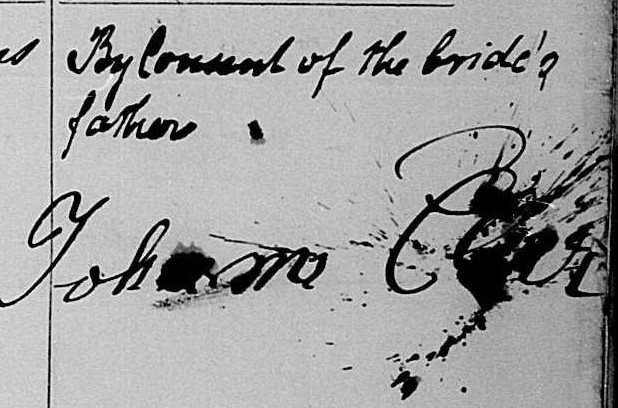
- “South Africa, Civil Death Registration, 1955 1966”, FamilySearch (https://www.familysearch.org/ark:/61903/1:1:DHJK-2Q3Z : Sat Mar 09 23:55:15 UTC 2024), Entry for Maria Magdalena Clur Hofat, 22 Jul 1961.

This collection has been well researched and is beautifully presented with illustrations and photographs. I knew only some bits and pieces from stories my mother told me. My mother, Getrude Renetta Clur was the third child of August Carl Clur and Marie Augusta Pahl. He had previously been married to Louisa JH Muller and had two sons with her: August Michael and Theodore Louis.
Thank-you Annemarie for this nice comment. Thank-you also for the additional information you gave me from the Kew records office.